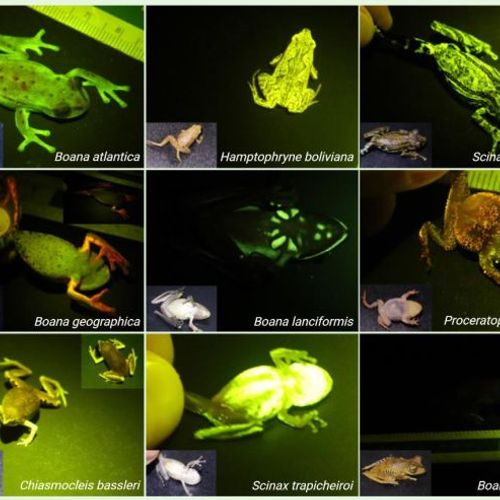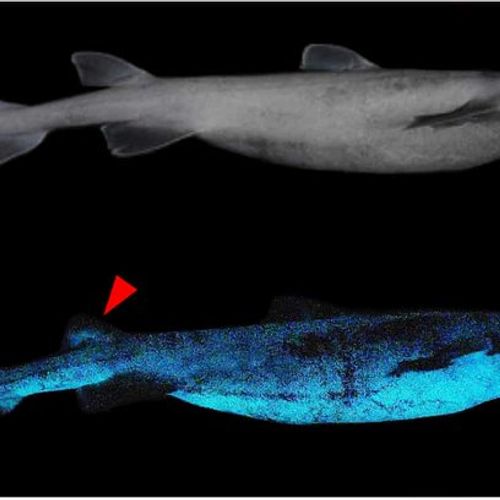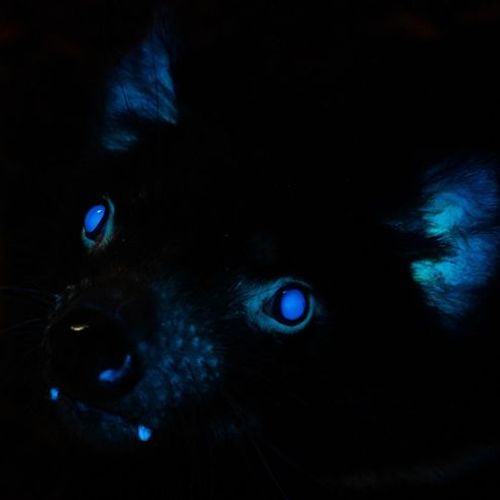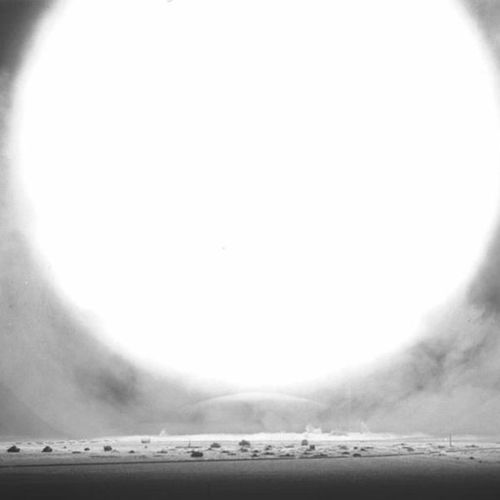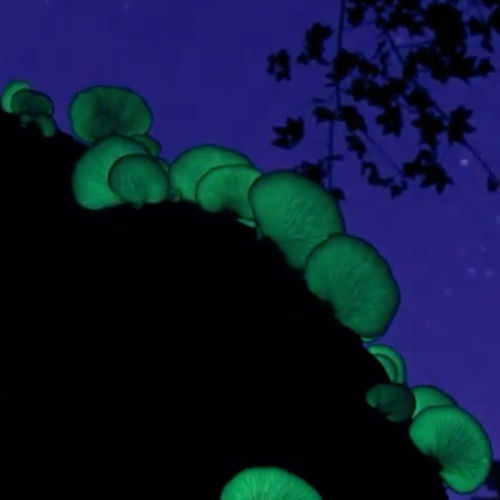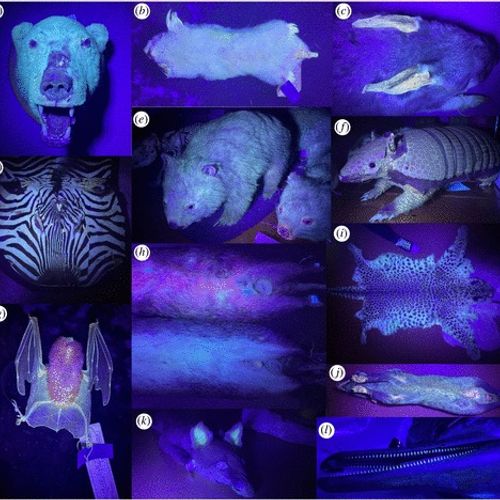
| Added | Mon, 09/10/2023 |
| Источники | |
| Дата публикации | Mon, 09/10/2023
|
| Версии |
A groundbreaking study conducted by the Museum of Western Australia and Curtin University has shown that fluorescence - a phenomenon previously considered rare for mammals - is actually widespread among a wide range of species.
The researchers analyzed 125 preserved and frozen mammalian samples and found that all of them fluoresce to varying degrees when irradiated with ultraviolet light. This discovery refutes previous ideas about the prevalence of fluorescence in mammals and sheds light on a variety of ways to use this unique property.
The aim of the study is to study the existence of "apparent fluorescence" in mammals by studying various species from museum collections. The researchers were amazed to find that all mammalian specimens - from domestic cats and polar bears to bats and Tasmanian devils -have some form of fluorescence. The team used a Curtin University spectrophotometer to measure the amount of light emitted by each sample when exposed to ultraviolet radiation.
Fluorescent compounds have been found in various mammalian objects, including bones, teeth, claws, fur, feathers, and even skin. Moreover, the colors emitted by these compounds were very diverse: red, yellow, green, pink and blue. Lead author Kenny Travouillon, curator of mammology at the Museum of Western Australia, expressed his curiosity about fluorescence in mammals and stressed the importance of this study.
Fluorescence occurs when specific chemicals, such as proteins or carotenoids present on the outer surface of mammals, absorb light and then re-emit it in longer and lower-energy wavelengths. This process leads to the appearance of bright glowing colors observed in ultraviolet light. Surprisingly, the study found that even the legendary platypus exhibits fluorescence under ultraviolet light, which further expands the list of fluorescent mammals.
The study showed that mammals with light fur have the most noticeable fluorescence, accounting for about 86% of all the studied species. In contrast, in dark-haired animals such as the Tasmanian devil, fluorescent signs were less noticeable due to the masking effect of melanin. Travouyon explained that white fur, for example, koalas, Tasmanian devils and some species of cats, shows a significant amount of white fluorescence. In addition, white zebra hairs emit a glow, and dark hairs do not fluoresce.
It is interesting to note that fluorescence is most often and intensively manifested in nocturnal species, as well as in terrestrial, dendroid and fossil species. This suggests that fluorescence can serve as an adaptation of these mammals to specific habitat conditions. However, a notable exception was the dwarf spinner dolphin, which has no external fluorescence, except for teeth.
This groundbreaking study has expanded our understanding of mammalian fluorescence, revealed its prevalence in various species, and shed light on the biological significance of this unique trait. The results of the study opened up new ways to study and aroused further scientific curiosity about the hidden glow of these amazing creatures.
Новости со схожими версиями
Log in or register to post comments

